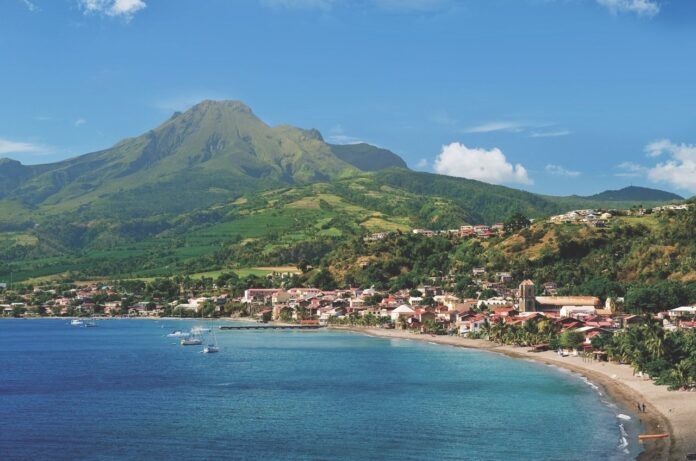Volcanic vistas and Creole flavours in Martinique
By Jennifer Bain
As the plane started its descent into Martinique, we oohed and aahed at the UNESCO-recognized rainforest and mountains that dominate the north end of the French island.
There was a welcome party at the airport to celebrate Air Canada’s first non-stop flight from Toronto with dancing, music, speeches and an ice cream cake shaped like Mount Pelée and the Carbet Mountains. That sweet taste of the edible mountain tided me over until I could finally experience Martinique’s highest peak in person.
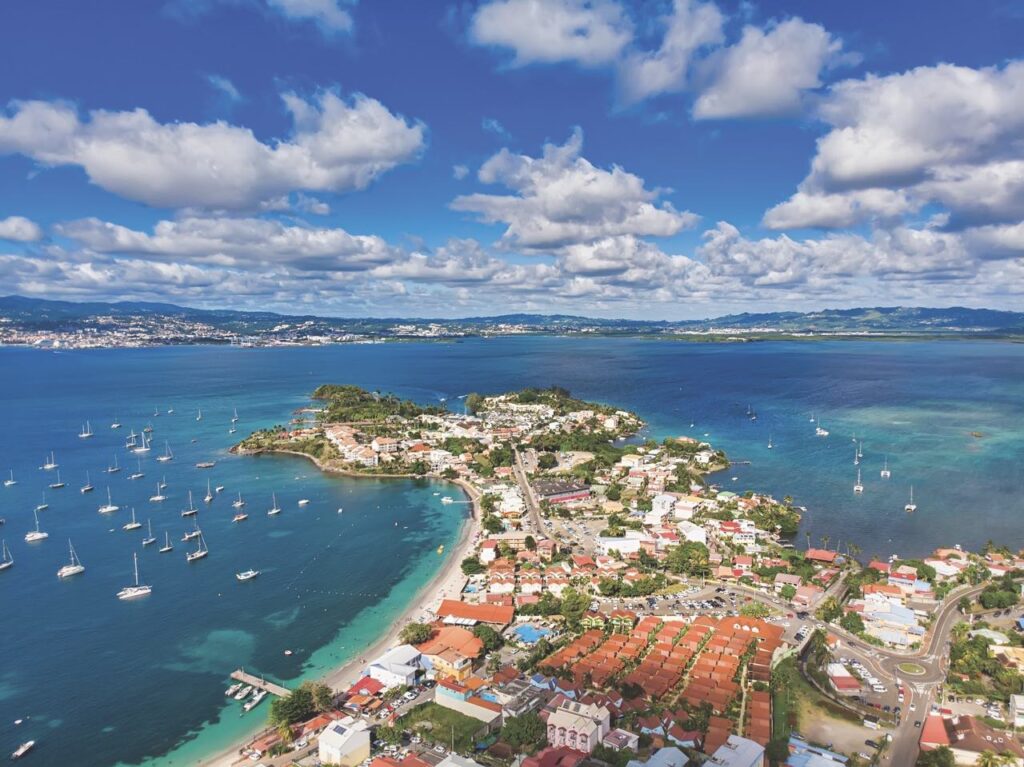
A guide to Martinique: Mount Pelée
Mount Pelée is an active volcano that killed nearly 30,000 people when it erupted in 1902 and destroyed the town of Saint-Pierre. Explosive eruptions are now called pelean eruptions.
Hikers will tell you to arrive at dawn before the fog sets in. The challenging trail demands half a day, but I had only an hour. After struggling up steep, rocky steps, I took a time-out to photograph hummingbirds and flowers before turning back.
Culinary french delight
Martinique is an overseas “department” and region of France nestled between Dominica and Saint Lucia. That’s why there was Creole cuisine to eat while waiting to be picked up. I paired a guava pastry from a couple selling home-baked goods from their car with an artisanal lemonade from Le Refuge de l’Aileron café.
Then it was on to Habitation Céron for a stroll through the tropical forest to see a 300-year-old zamana (rain) tree. After that, a visit to cacao trees whose edible seeds become chocolate in the hands of Julie Marraud des Grottes.
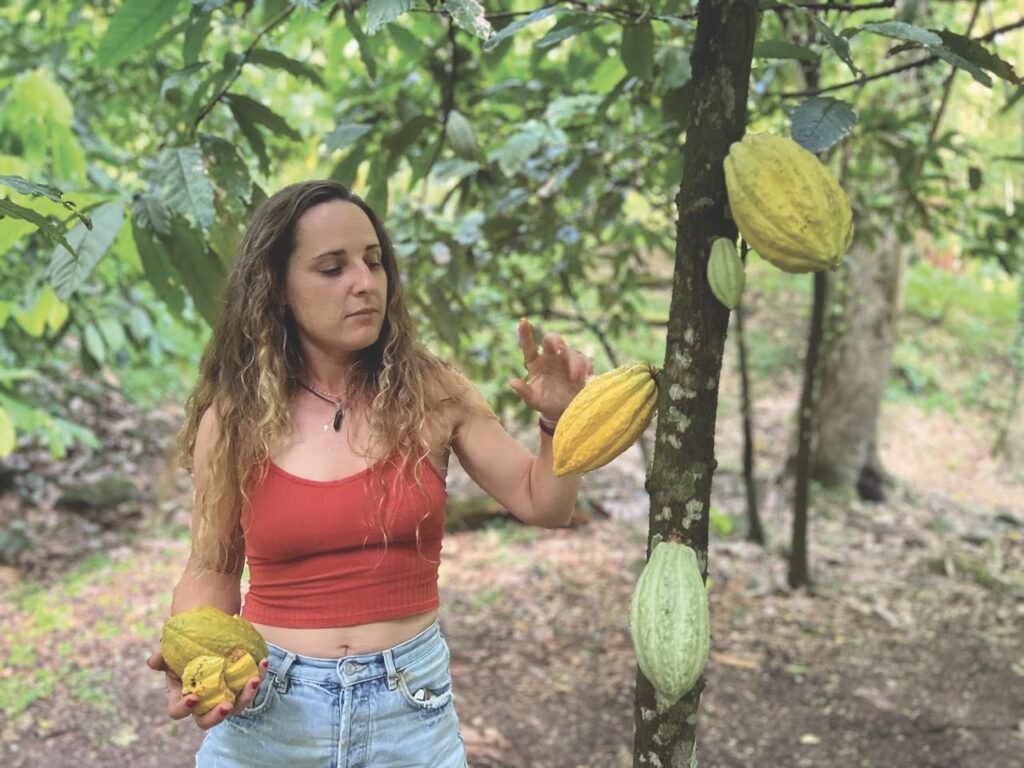
Culinary experiences performed as a guide to Martinique. There was also a blind tasting of five dishes that showcase ingredients foraged on site. We tried dishes like chocolate cake with christophine (chayote) sorbet, and a stuffed begonia leaf.
Julie’s sister Amelie, the server, explained each dish only after we had finished it and tried to figure it out. Her chef-husband Hugo Thierry likes to change the lunch menu daily. He says “the point is to be ready to give pleasure.”
Fly non-stop from Toronto
Martinique has long enjoyed nonstop flights to Montreal. The new route, which takes people here from Toronto in five hours, hopes to lure more Ontarians.
Because it’s part of France, Martinique uses the Euro and adores foie gras and crêpes. It also keeps the beaches public, so hotels are set back from the ocean. Mine — Hôtel La Pagerie in Trois-Îlets — calls itself a “tropical garden hotel.” I dined in a boutique hotel called La Suite Villa and spent a few hours at Club Med Buccaneer’s Creek. This is the island’s only all-inclusive resort. It offers day passes and is on the beach.
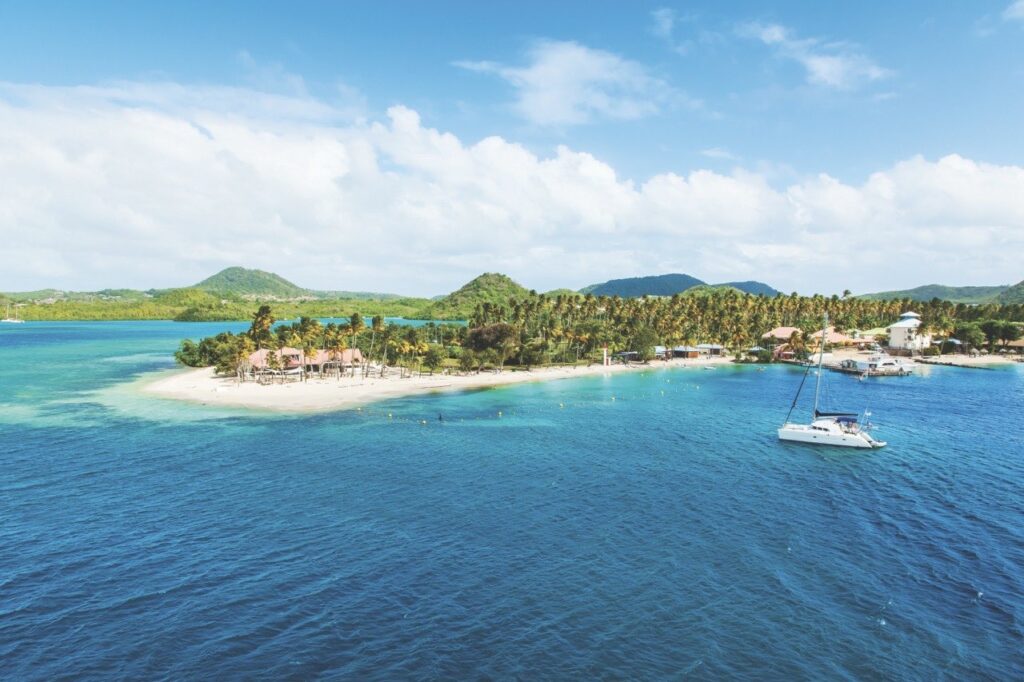
There are plenty of off-beach experiences to keep you busy, though, like a visit to the “Cap 110” memorial. Created by local painter/sculptor Laurent Valère in 1998 to mark the 150th anniversary of the abolition of slavery, the Mémorial de l’Anse Caffard pays tribute to the victims of an 1830 shipwreck.
Confronting the past is a guide to Martinique
Fifteen busts of reinforced concrete are arranged in a triangle that points 110 degrees to the Gulf of Guinea. This is where the doomed slave ship was likely from. The abstract statues — geometric forms that lean forward with downcast eyes and open mouths — are white to signify the funeral colours of Africa. You can see Rocher du Diamant (Diamond Rock) from the monument.
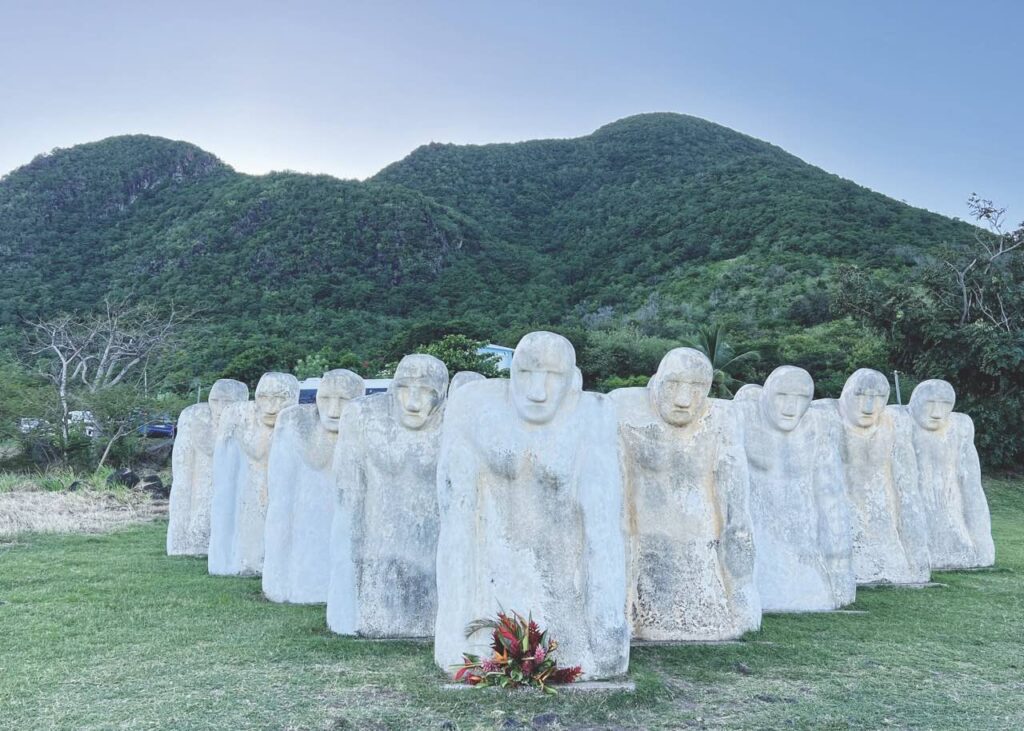
Martinique has started to confront its dark connections to the transatlantic slave trade.
Habitation Clément is a sugar cane plantation with a rum interpretation centre showcasing Rhum Clément. It also has a botanical discovery trail and outdoor art gallery where Thierry Alet’s massive red sculpture of the word BLOOD speaks to the legacy of slavery.

Unique art and French shopping
Stone mason Gilbert Larose has spent 24 years creating an open-air museum called La Savane des Esclaves (Slave Savannah) that replicates a post-slavery village and details the lives of slaves before and after colonization.
Fort-de-France, the capital, enjoys an outpost of French shopping mecca Galeries Lafayette. The stunning Bibliothèque Schoelcher, with its Byzantine dome and ornate interior, was built for the 1899 Paris Exposition and then reassembled here. A fun guide to Martinique was the pedicab tour with Cyclo’comm, which ends at the covered market with its spices, Creole dolls and rum.
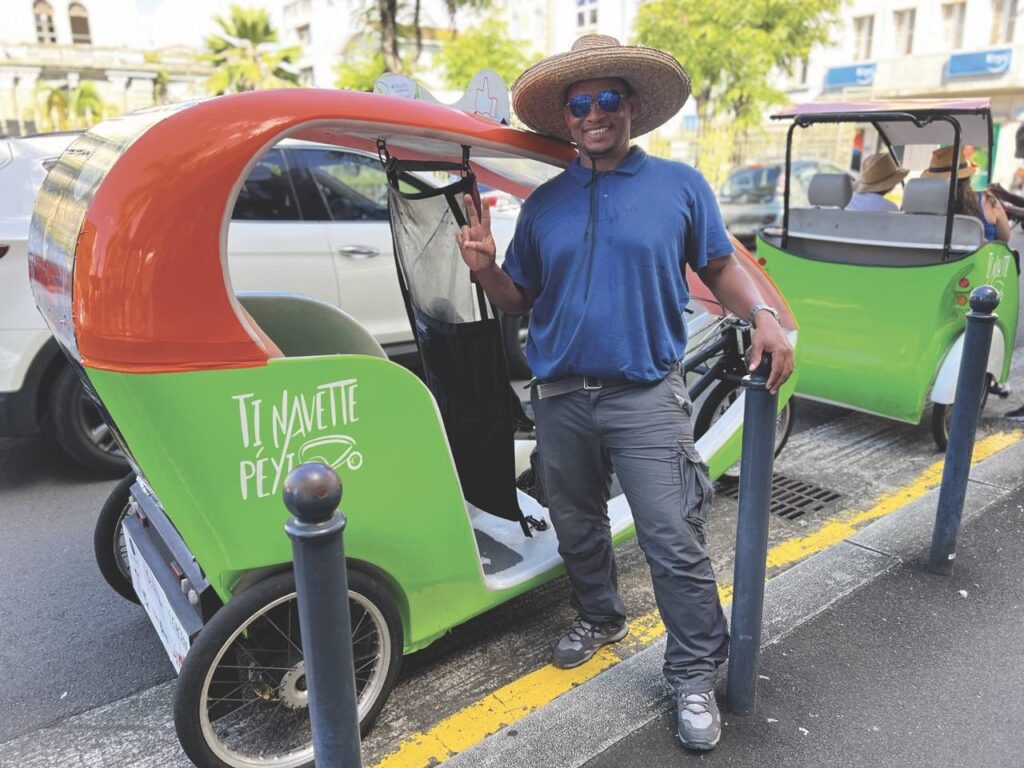
You can splurge on Kata Mambo’s catamaran tours or explore on foot. I enjoyed the Fontaine Didier-Absalon trail with Gilles Vicrobeck, who runs a hiking festival and oversees Martinique’s 45 marked trails, and then devoured a simple Creole lunch at La Chaudière in Le Morne-Rouge.
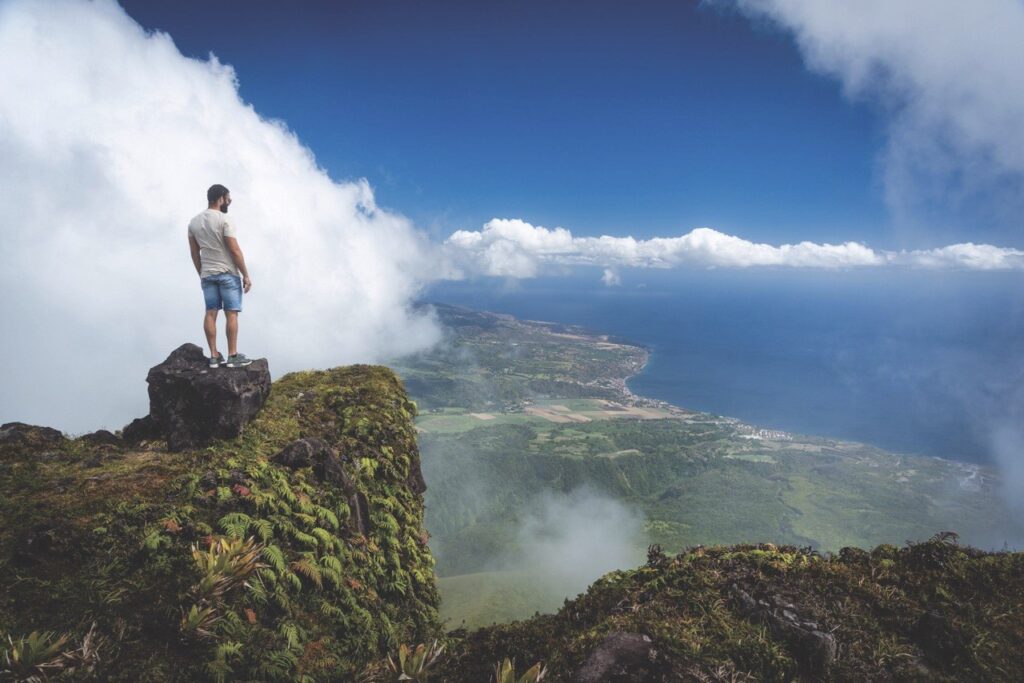
That day ended in Saint-Pierre in the shadow of Mount Pelée at the Mémorial de la Catastrophe de 1902 — Musée Frank A. Perret. The town rose from the ashes of the deadly eruption, but the ruins of a church, theatre, prison and asylum remain as a testament to the devastation.


